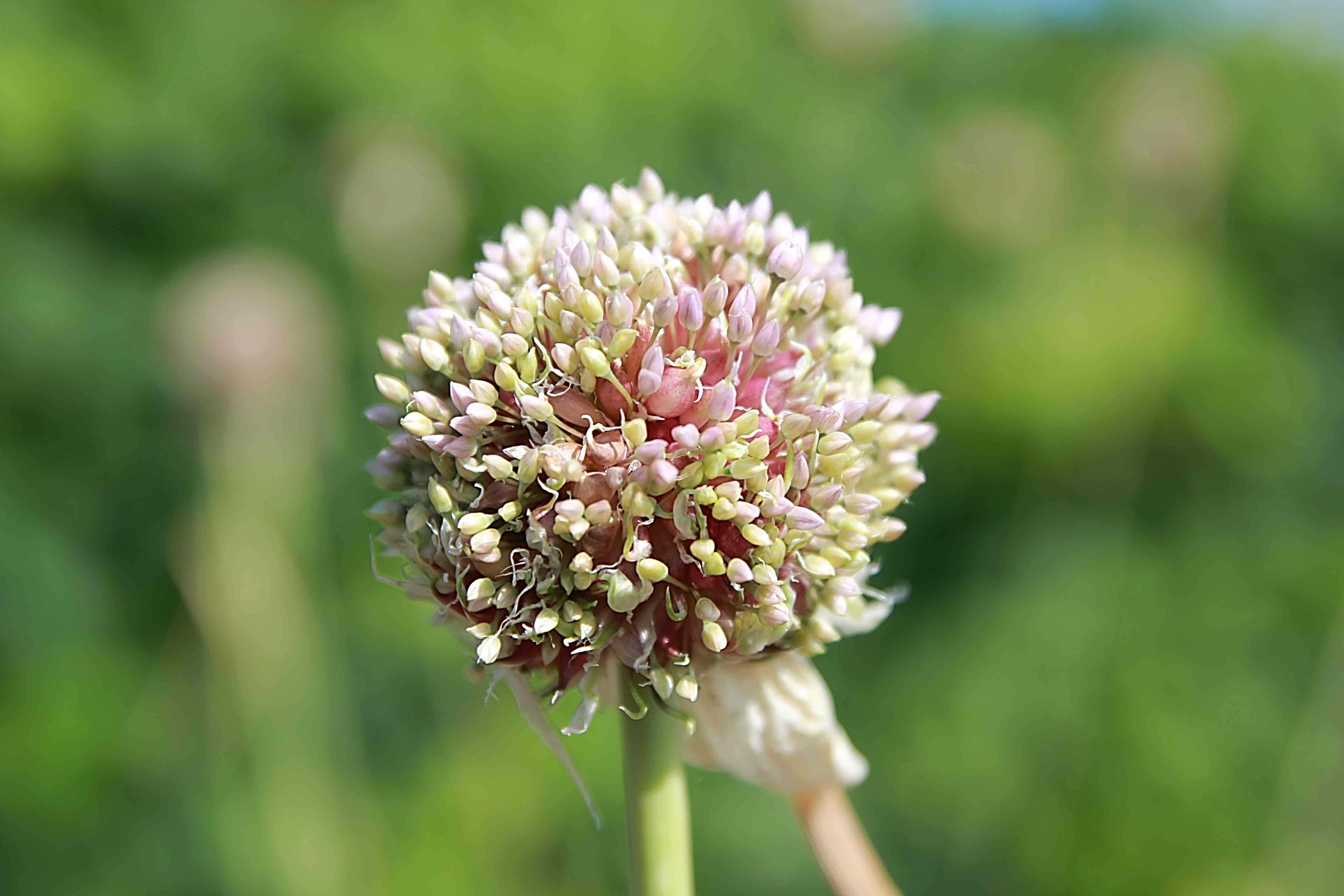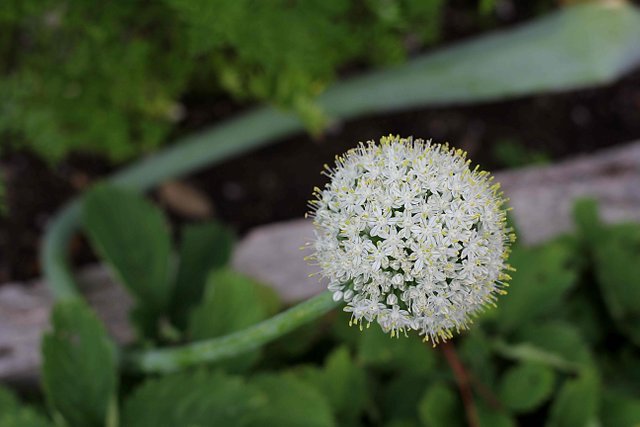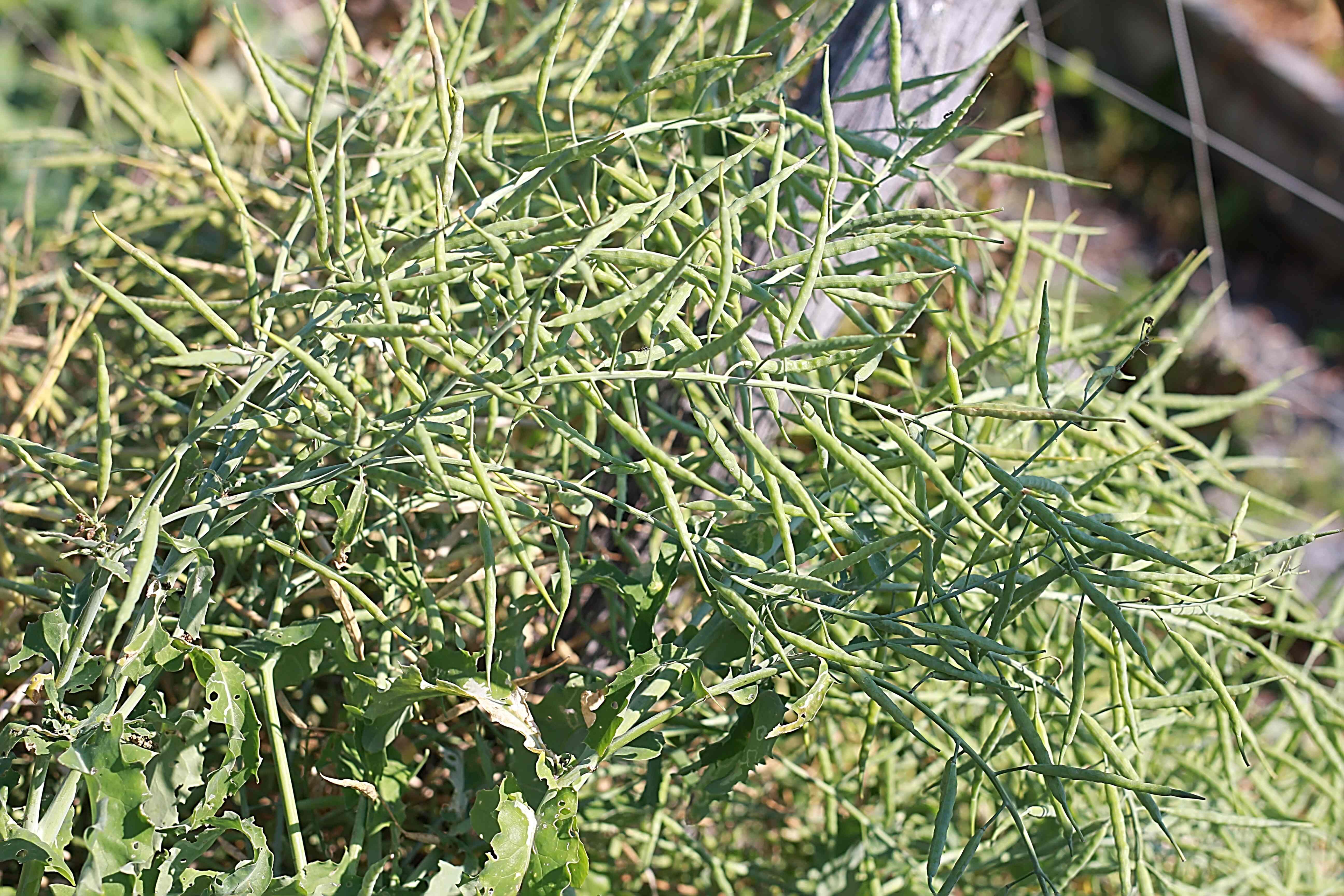Heirloom Seeds Part 8 - Seed Saving Exchanges & Groups

This post is the eighth in a series on seeds. In this series we'll cover everything from the importance of seeds, how to save seeds, how to start seeds, correct storage and so much more!
Today we are going to talk about seed seed exchanges and banks, how you can get involved and where to find local resources. Spring is the perfect time to get involved and gain access to FREE local seeds in your community.
You can find part 1-5 of this series here:
Heirloom Seeds Part 1: The Importance of Seed Saving & How to Select The Best Seeds
Heirloom Seeds Part 2: SEEDING FEAR | Documentary Short
Heirloom Seeds Part 3: Determining and Using Plant Hardiness Zones
Heirloom Seeds Part 4: When To Start Your Seeds
Heirloom Seeds Part 5: Seed Starting
Heirloom Seeds Part 6: Sprouting Seeds, Grains & Beans
Heirloom Seeds Part 7 - Seed Stratification
There was a time when saving, sharing and reusing seeds was an essential cultural practice. You grew food, and you saved seeds. Seeds were for the most part FREE and not controlled by corporations. These seeds change and adapt over time making them naturally hardy and resilient. This traditional practice of seed saving formed the basis of our global food supply.
In the past century we have managed to lose sight of the importance of seed saving. With the development of commercial crops and our own disconnection with our food supply, we've undone centuries of hard work. In just the last century, we have lost 75% of our edible plant varieties. This is a rather sobering isn't it?
 Onion Flower: Seeds will develop as the flower fades
Onion Flower: Seeds will develop as the flower fades
What Can We Do?
The best way to ensure your own food security is by taking matters into your own hands. You can start by focusing on seeds at a local and community level. Big seed vaults such as the Svlarabard seed vault are incredibly impressive. They might seem disaster proof however just last year they had issues with flooding. This acted as a reminder that even the most elaborate of systems can fail. Start saving, sharing and reusing seeds at a community level. It really is that simple.
The seeds you have in your own hands, are the best insurance you can keep.
Why do we need Seed Exchanges?
They work hard to protect or food heritage. With changes in climate, economic issues and pollution protecting and housing seeds in a state of the art facility is a good idea. Seed exchanges can work with seed banks to store seeds securely.
Not only do we need to maintain and preserve heritage seeds, we also need to use open pollination to help develop new varieties that are resilient and adapted to our changing climate. This more advanced method of seed saving helps farmers that want to avoid using commercial/patented seed stay competitive.
They can source near extinct seeds and they can oversee and manage the "re population" and over time the redistribution of those seeds.
They provide education and community building workshops. They work hard to share and educate people on the value of preserving our food heritage.
They are standing strong for our right to keep seeds in the public domain.
They enable you to grow rare seeds in your own garden and contribute to the efforts of saving heritage seeds.
 Kale Seed Pods: One kale plant can produce hundreds of seeds.
Kale Seed Pods: One kale plant can produce hundreds of seeds.
Start your own Community Seed Bank or Library
Seed Sanctuaries are valuable but the best thing you can do is to connect with your community and local farmers markets, gardeners and even libraries and either join or organize a seed sharing collaborative.
Some seed sanctuaries will donate to your cause as long as you return seeds to them each year. You can work at a local level while also contributing to a larger seed bank.
A seed exchange can be as simple as an afternoon meet and greet in the spring. Everyone brings seeds and swaps with each other. It can be a great way to get to know local gardeners and people with similar interests while also enjoying new seed varieties.
Seed Exchanges & Organizations / Resources
If you aren't sure about how to get started, check your classified, local farmers market or gardening group. You might even find a seed catalogue at your local library. Even if you haven't started saving seeds, you can still get involved! These groups are generally very supportive and helpful and happy to give you seeds and advice for your garden.
United States
Organic Seed Alliance
Seed Savers Exchange
Canada
Seeds of Diversity
Salt Spring Seed Sanctuary
Australia
United Kingdom
Sources
Svalbard Global Seed Vault Flood | Centre For Biological Diversity
Building a greener, more beautiful world one seed at a time.
Homesteading | Gardening | Frugal Living | Preserving Food| From Scratch Cooking|
You can also find me at: walkerland.ca
Photo copyright: @walkerland

This year I am really planning on doing more seeds saving. Last year was quite an adventure as it was the first year I REALLY did a large garden and wasn't sure about so many different things; but I have been doing my homework over the winter and feel I am ready to start saving more and buying less.
I am excited for you! I just can get over how miraculous seeds are. Being able to observe the entire cycle from birth to rebirth is pretty amazing. Vegetables in flower are so beautiful. I still have a lot to learn myself when it comes to isolating crops etc but its such a wonderful adventure.
Please reply to this comment if you accept or decline.
I accept! Thank you.
Congratulations human. This post is featured in today's Muxxybot curation post.https://steemit.com/curation/@muxxybot/muxxybot-curation-56